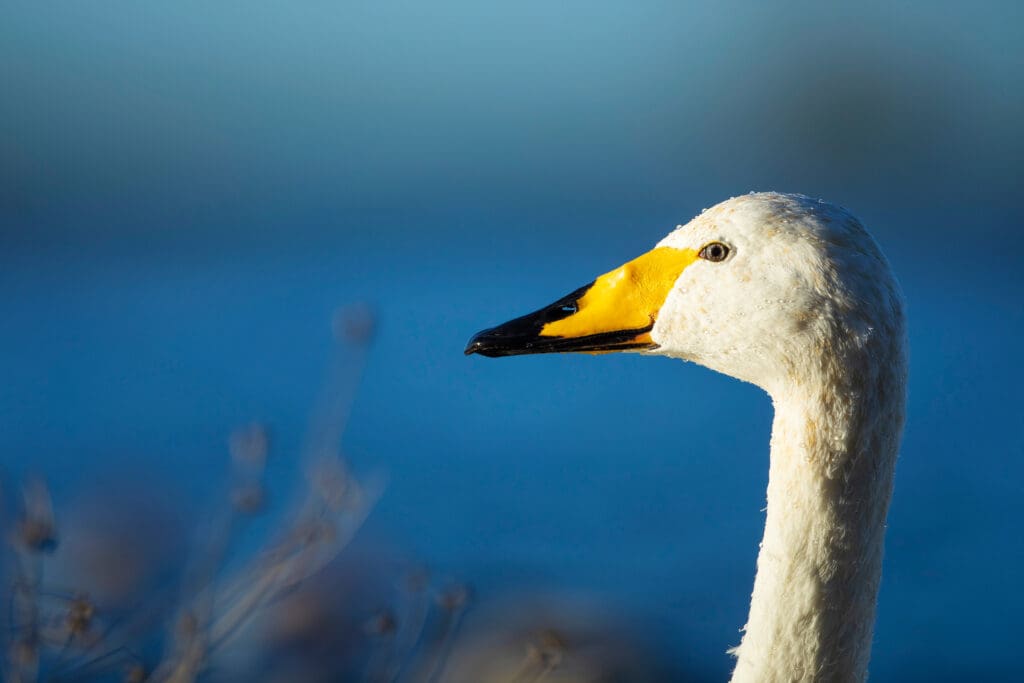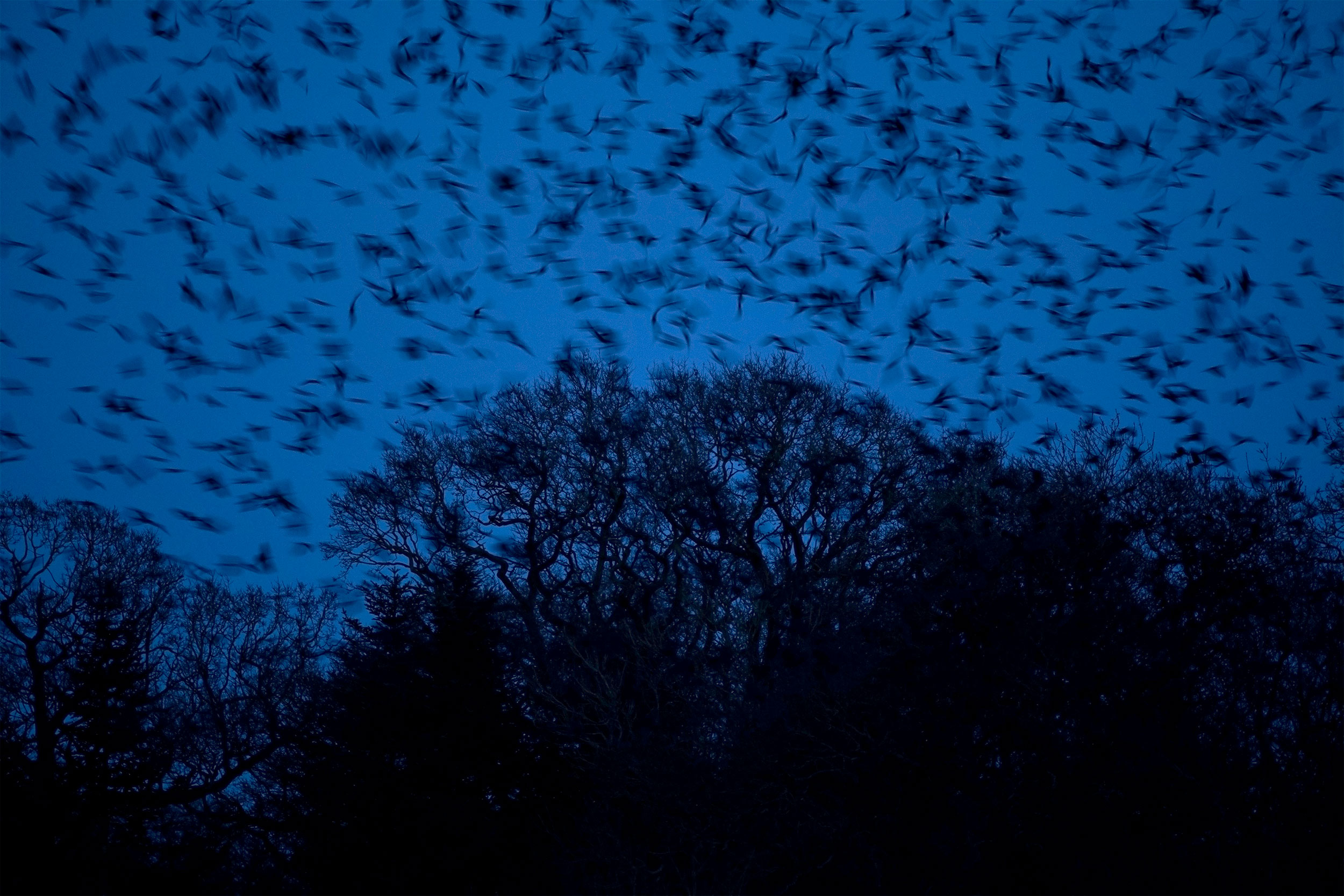Rook Roost
During winter, many farmland species gather in large numbers, and Rooks (above) and Jackdaws are no exception. They spend their days feeding in farmland and, in the evening, gathering in large numbers to communally roost – that’s what they’re doing in this image. The roost begins as it’s just getting dark, so I used the outline of the trees to help with the image’s composition and made use of my camera and lens on a tripod due to the low light levels. I purposely chose a slow shutter speed to blur the movement of the birds to create a sense of the chaos and noise that occurs with this wonderful spectacle.
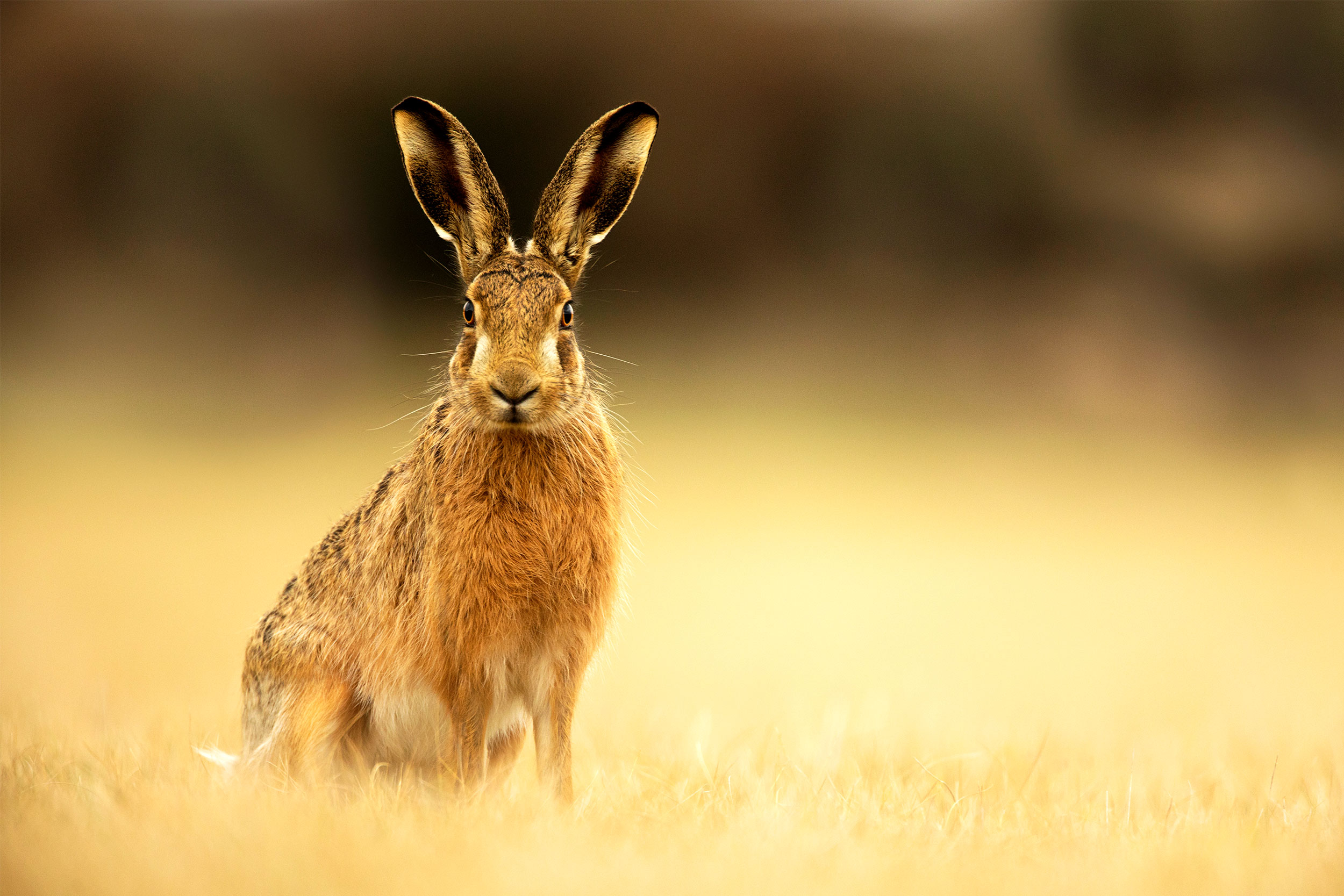
Brown Hare. Photo: Ben Andrew
Brown Hare
Brown Hares become more active as mild weather arrives in February, when you can often observe them chasing each other around and boxing. For images like this one, it’s best to pick a spot around the edge of a field and wait. Even if all the action is at a distance, resist the temptation to chase the hares. Often, they’ll keep coming until they stop right in front of you. I lay down close to the ground to get a nice, diffused background. I also hid behind my camera and lens and wore muted clothing so the Brown Hares took a little longer to work out what I was!
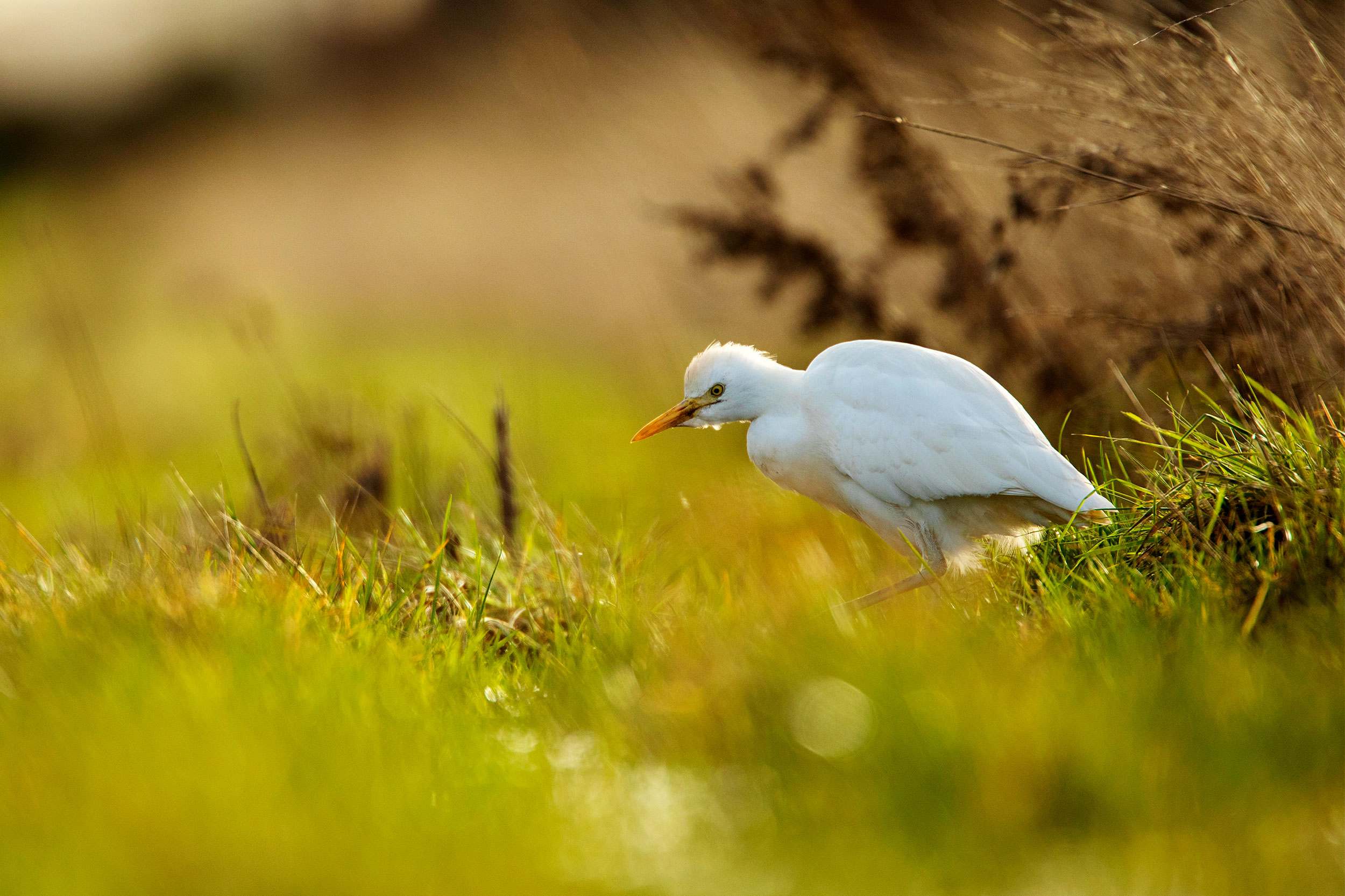
Cattle Egret. Photo: Ben Andrew
Cattle Egret
During winter, rarer birds can turn up in farmland, such as this Cattle Egret. It spent a few days in a flooded area next to a paddock on a Bedfordshire farm. It was flying to the end of a long stretch of wet grassland and then slowly working its way to the other end before flying back and repeating this action. One end had a public footpath next to it, so I simply hunkered down and waited. I stayed low and didn’t move, and it accepted my presence. I used the fence line to create a leading line down the right-hand side of the photo, and left negative (empty) space to the left of the bird as it fed.
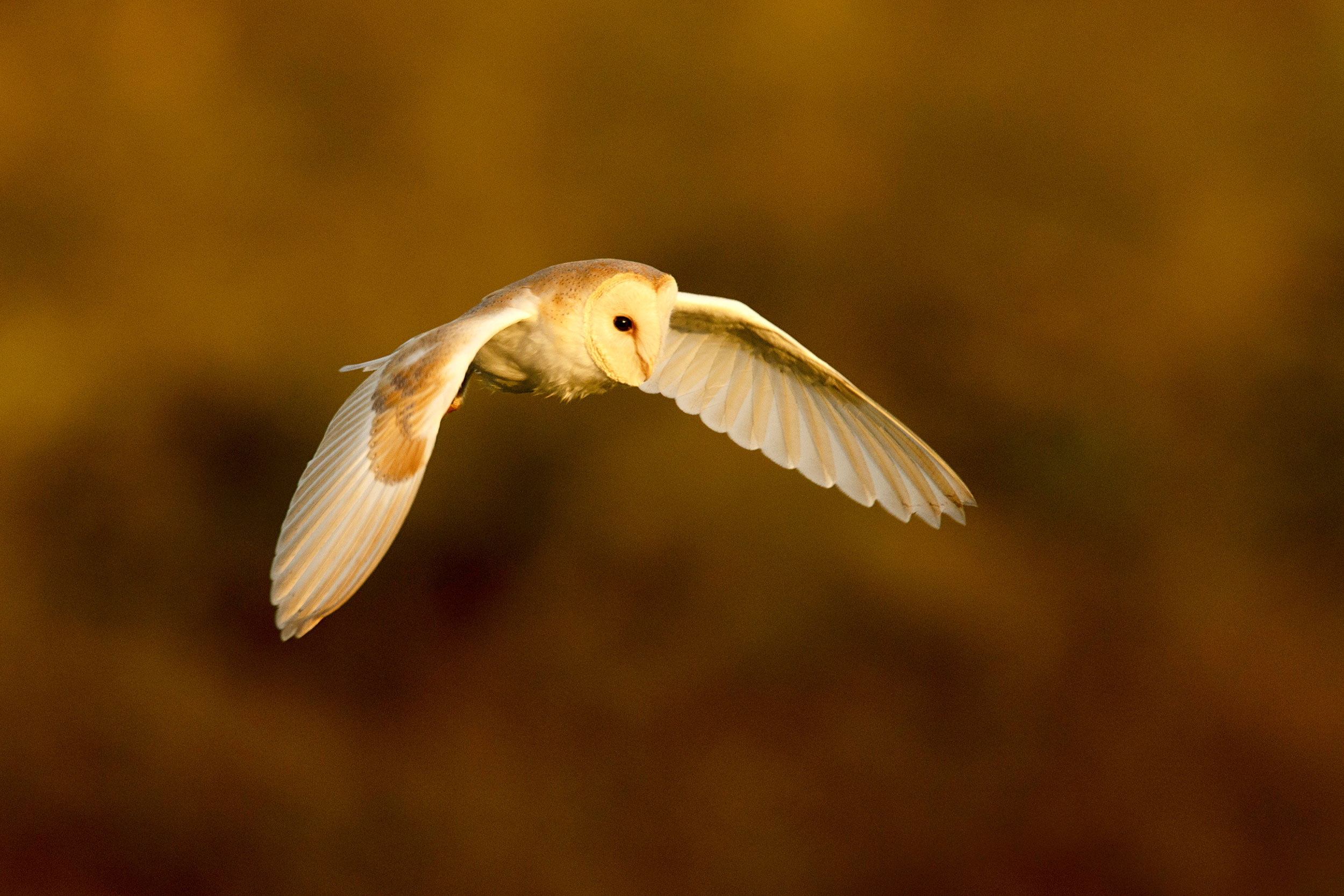
Barn Owl. Photo: Ben Andrew
Barn Owl
Barn Owls are great winter subjects to photograph. They hunt farmland and grassland areas, so Norfolk is a brilliant place to see them. They can often be found flying during daylight hours, usually first thing in the morning or the afternoon. This particular bird was very active, but patience was key. I tucked myself into a hedgerow next to a tree and had the sunrise behind me. It was simply a matter of waiting for the bird to fly past as part of its hunting routine. I tracked the bird from a distance but didn’t fire the shutter until I felt it was close-by to avoid spooking it.

Expand your skills
Try our photography workshops, held at RSPB nature reserves across the country. Follow the link to find an event near you.
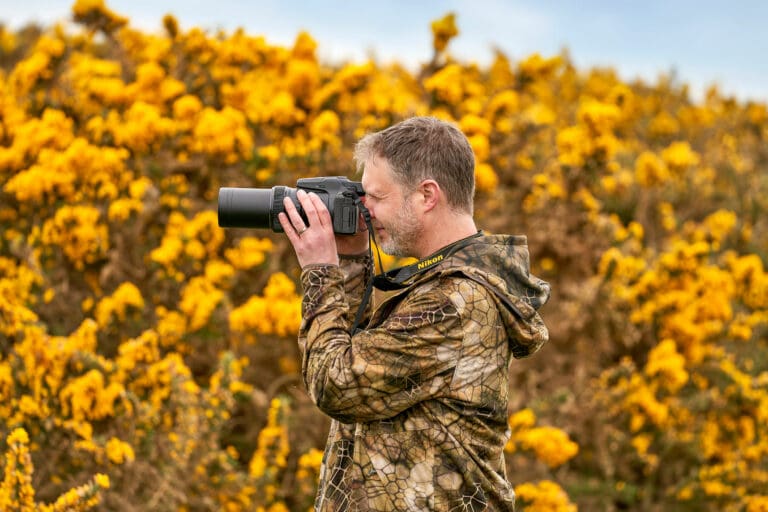
Check your local nature reserve for photography workshops! Photo: Our Media (rspb-images.com)
You might also like
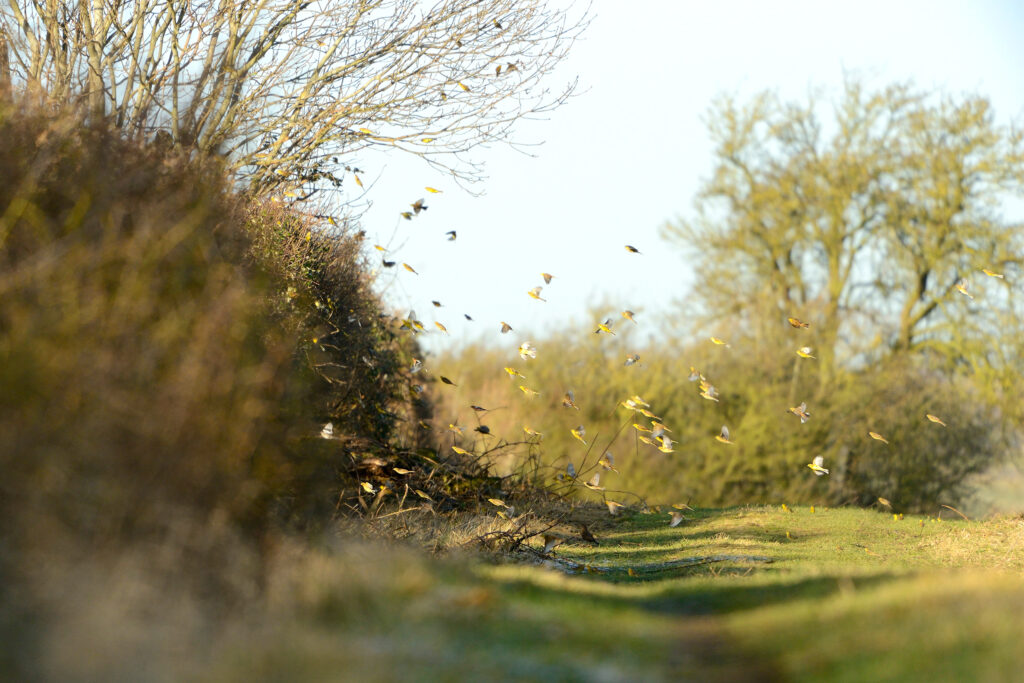
How farms are changing
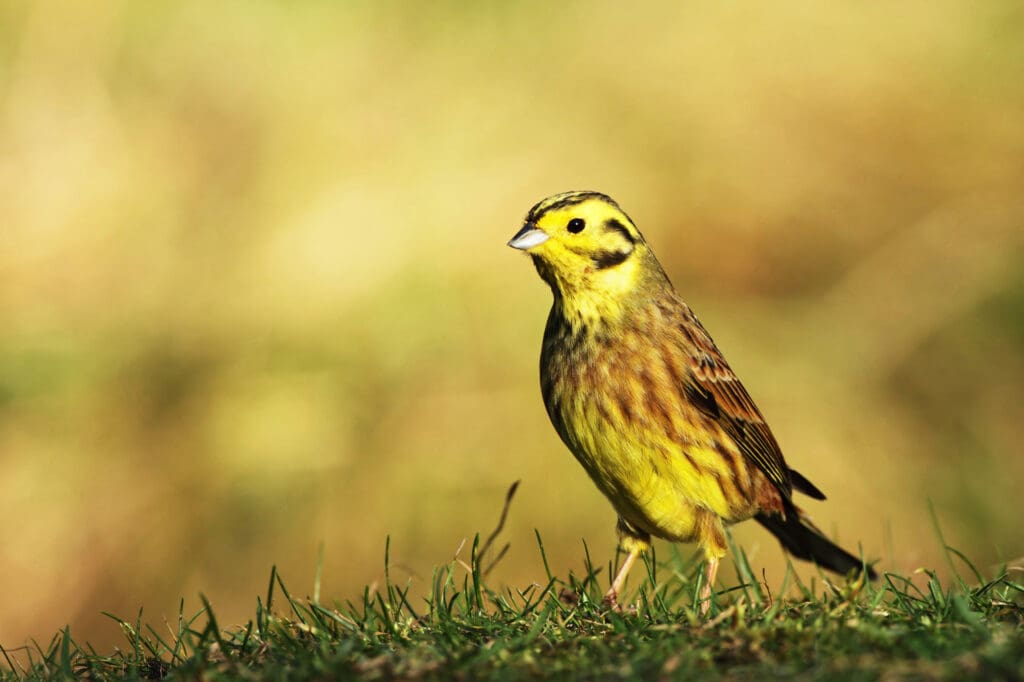
The secrets of weedy stubble fields
